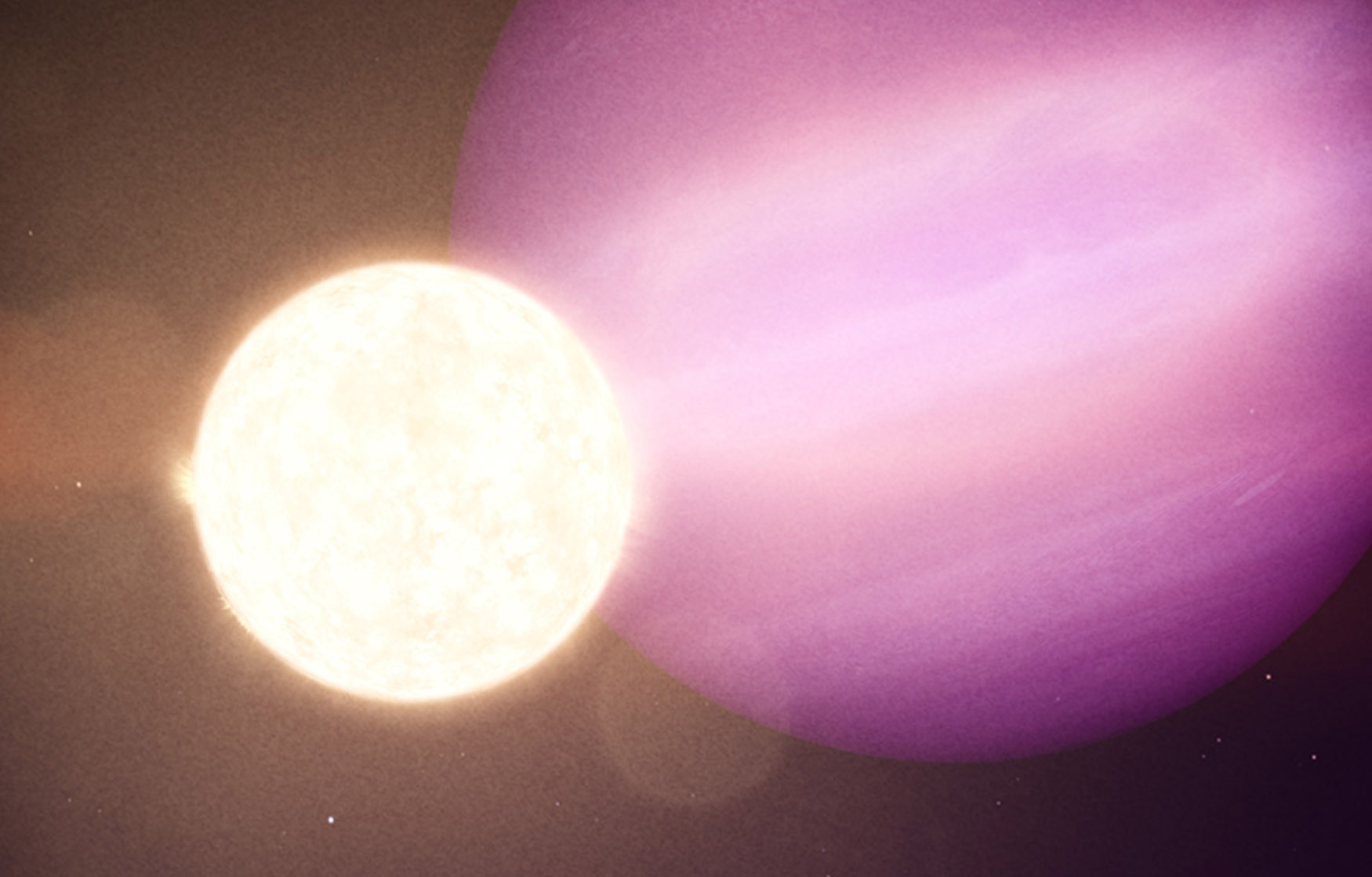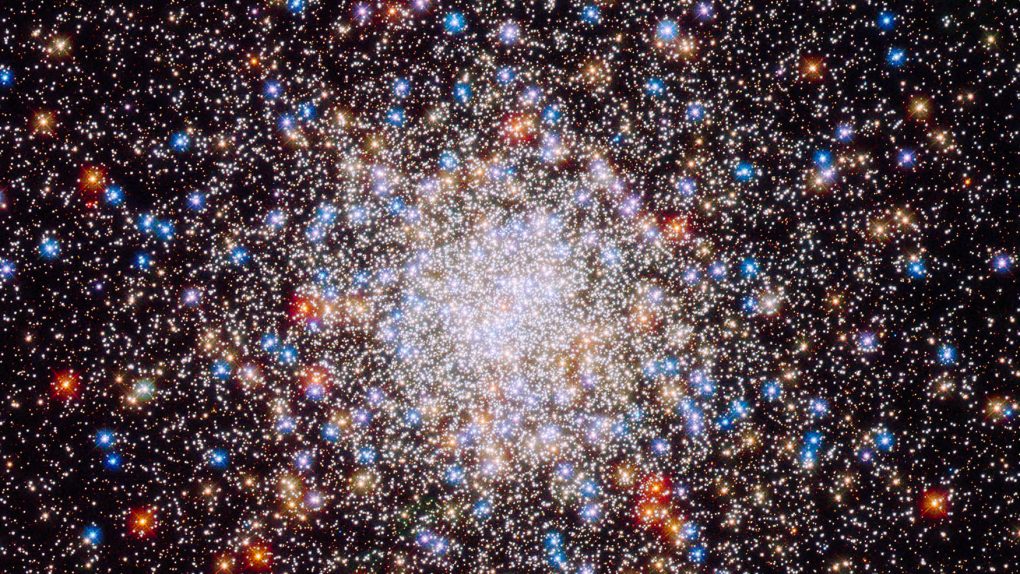A new study written by German astronomers outlines a new type of star we’ve never seen before. The new hot subdwarf star was discovered by a team of researchers led by Professor Klaus Werner from the University of Tübingen. Scientists believe the new star covered in helium-burning ash is the result of a rare stellar merger. The study was published in Monthly Notices of the Royal Astronomical Society.
A new star covered in helium-burning ash is challenging everything we know

Professor Werner says the new star is a challenge to everything that we know about stellar evolution.
“Normally we expect stars with these surface compositions to have already finished burning helium in their cores,” he explained in a statement. Werner also says that normally this is when stars are on their way to becoming white dwarfs.
According to a second study on the star covered in helium-burning ash, researchers believe the stars formed after a stellar merger. The merger, says Dr. Miller Bertolami, lead author on the second paper, is the result of two white dwarf stars merging. White dwarfs are normally classified as larger stars that have exhausted all of their nuclear fuel. Normally they are very small and dense. This star, however, is different.
Bertolami also noted that we’ve seen mergers between white dwarfs and close binary systems before. Usually, these mergers happen when orbits shrink due to the emission of gravitational waves. However, we don’t normally see the formation of stars that are so enriched with carbon and oxygen.
Finding new models

The most interesting thing about this new discovery is how much it challenges our current models of stellar evolution. It’s no secret that we know very little about the universe beyond our own planet. In fact, there’s still a lot we don’t know about our planet. However, over the years, we have made some models of different things to try to understand our discoveries. This includes models on stellar evolution.
However, researchers say the current models we have on stellar evolution won’t work for this newly discovered star with helium-burning ash. Instead, we’ll have to create new models to get to the bottom of what caused this star to form. It’s not unusual for new discoveries to challenge what we think we know. In fact, it’s a vital process of truly understanding these processes. Hopefully, though, we can create new models and gain a better understanding of stellar evolution.
Finding new things is always exciting. Discovering new things that question what we think we know, well, that’s even more exciting because it allows us to grow and expand our knowledge of the unknown space beyond us.








